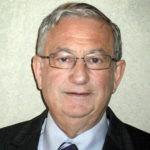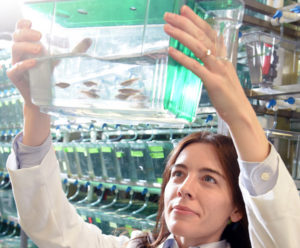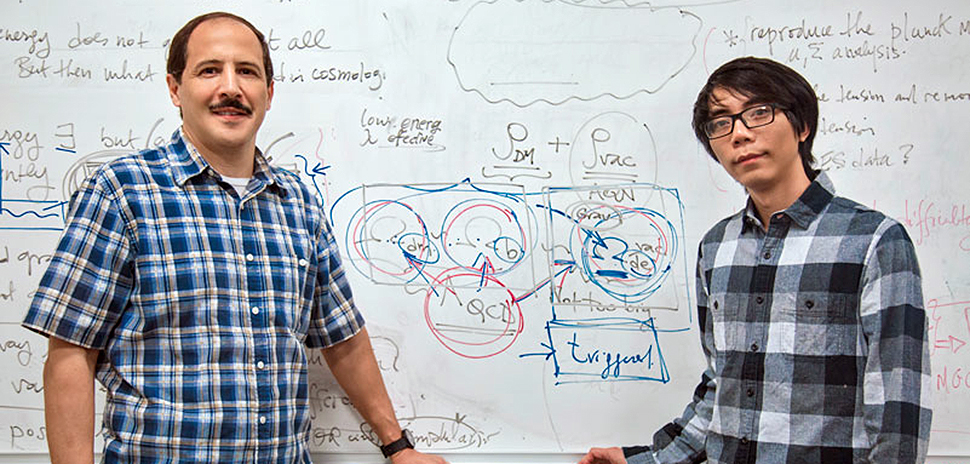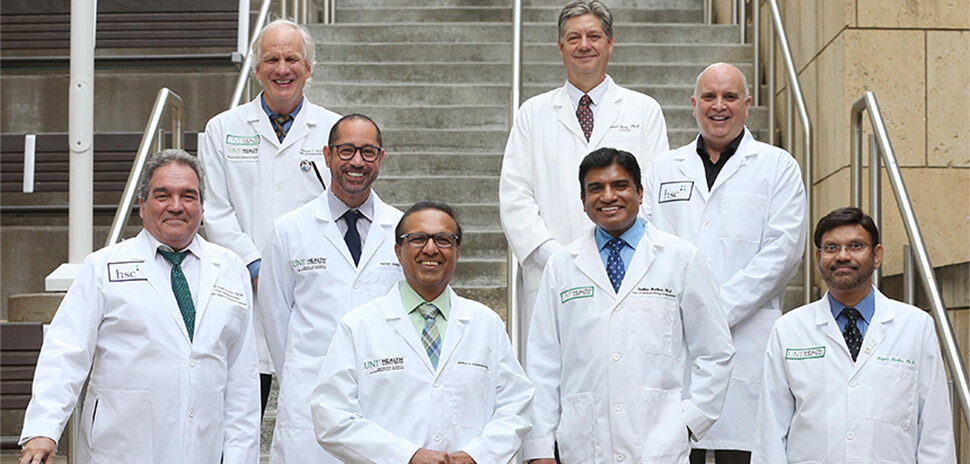GOVERNOR’S GRANT HELPS HIRE EXPERT ON MATERIALS, MANUFACTURING
![]() Robert Schafrik has joined the faculty at the University of Texas at Arlington.
Robert Schafrik has joined the faculty at the University of Texas at Arlington.
The recruitment of the internationally renowned expert in materials and manufacturing received support from Gov. Greg Abbott’s Governor’s University Research Initiative and the University of Texas System Science and Technology Acquisition and Retention program.

Robert Schafrik
To help snag Schafrik, UTA was awarded a matching grant totaling $2 million from the Governor’s University Research Initiative, which translates into a $4 million startup fund because GURI is a matching program that assists higher education institutions in recruiting distinguished researchers to the state of Texas. Schafrik is the first scholar in North Texas to be sponsored by one of the grants.
“Texas is pleased to support UTA’s success in hiring Dr. Schafrik, which reflects the growing reputation of the University as a Carnegie R1: Highest Research Activity institution,” Abbott said in a release. “Our GURI initiative is a strategic investment to vault the standings of our public colleges and universities into the top-ranked nationally.”
Schafrik, as the new presidential distinguished professor of industrial, systems and, manufacturing engineering, will have a secondary appointment in the Department of Materials Science and Engineering, according to UTA.
“The current visionary leadership and upward trajectory at UTA attracted me to the university, and it’s great that I can be a part of this dynamic research,” Schafrik said.
ZEBRAFISH HELP RESEARCHERS INVESTIGATE CHILDHOOD CANCER
For, researchers at UT Southwestern Medical Center, zebrafish are more than just a popular aquarium fish. They may hold the answer to how tumors form in childhood cancer.

Dr. Genevieve Kendall came to UT Southwestern because she wanted to work with zebrafish, which are an excellent model for studying childhood cancer. [UT Southwestern Photo]
UT Southwestern said that the research centers on an aggressive form of muscle cancer called rhabdomyosarcoma. It results from a rare genetic error when two chromosomes fuse together in a process involving muscle precursor cells called myoblasts. When the error occurs in a a cell related to that process, it triggers those cells to multiply and behave abnormally.
The UT Southwestern cancer researchers developed a zebrafish model for the childhood cancer in which James Amatruda’s lab inserted the human PAX3-FOX01 gene into the DNA of zebrafish.
“There is a lot of interest in understanding the PAX3-FOXO1 block and in identifying treatments that overcome this block,” Amatruda, associate professor of pediatrics, internal medicine, and molecular biology, said in the release. “Such treatments could potentially cause the tumor to ‘mature’ and slow its growth without exposing the patient’s normal tissue to the side effects of chemotherapy and radiation.”
Find out more about the research here.

Mustapha Ishak-Boushaki (left) and his doctoral student, Weikang Lin, have developed a new mathematical tool called the index of inconsistency, or IOI, that identifies and quantifies inconsistencies in cosmological data from various missions and experiments. [Photo courtesy of UT Dallas]
UTD ASTROPHYSICISTS’ MATH MODEL MAY AID IN SOLVING COSMIC MYSTERY
An astrophysics team at the University of Texas at Dallas has developed a mathematical tool that could help scientists better understand the expansion of the cosmos.
Scientists across the globe are trying to figure out why the expansion of the universe appears to be accelerating. Is it that theoretical dark matter counteracts the pull of gravity? Does Albert Einstein’s long-accepted theory of gravity need some tweaking?
“This is like a detective story, where inconsistent evidence or testimony could lead to solving the puzzle.”
Mustapha Ishak-Boushaki
“This is like a detective story, where inconsistent evidence or testimony could lead to solving the puzzle,” Mustapha Ishak-Boushaki, professor of astrophysics at UT Dallas, said in a release.
He, and his doctoral student Weikang Lin developed a new mathematical toll that identifies and quantifies inconsistencies in cosmological data gathered by the various scientific missions and experiments.
“The inconsistencies we have found need to be resolved as we move toward more precise and accurate cosmology,” Ishak-Boushaki said. “The implications of these discrepancies are that either some of our current data sets have systematic errors that need to be identified and removed, or that the underlying cosmological model we are using is incomplete or has problems.”
You can discover more here.
READ NEXT
Discovery: Boeing Grant Backs Tech+Human Teamwork, UNT Works on HDL Drug Delivery
![]()
Get on the list.
Dallas Innovates, every day.
Sign up to keep your eye on what’s new and next in Dallas-Fort Worth, every day.

































